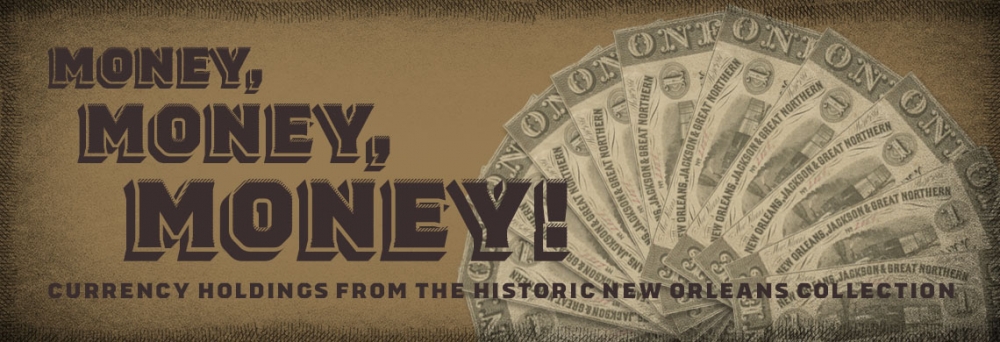
American banknotes in the twenty-first century are recognizable for their uniform size, green ink, built-in anti-counterfeiting features, and universal acceptance as the United States’ only paper money. But prior to the American Civil War, the nation and its colonial antecedents had no single currency, with the exception of the small-denomination coinage issued by US mints following the American Revolution. Between 1810 and 1865 thousands of American banks, states, cities, parishes, counties, and towns printed their own banknotes for circulation in local, regional, and national markets. Because antebellum and Civil War–era banknotes varied in paper, size, color, imagery, and quality, counterfeiters easily capitalized on merchants’ lack of familiarity with notes from lesser-known banks.
In February of 1862 the federal government began issuing legal-tender notes. These bills, known as “greenbacks” due to the color of ink used on their backs, are the earliest ancestors of modern American money. Legislation passed in 1863 and 1864 brought banking operations and oversight under federal jurisdiction, and by 1870, most financial institutions had ceased production of independent notes, which had become subject to federal taxation in 1865.
Money, Money, Money! Currency Holdings from The Historic New Orleans Collection features original objects assembled over the course of more than fifty years’ worth of collecting. Spanning from 1719 French banknotes to early twentieth-century coins minted in New Orleans, these artifacts illustrate the history of money in America, with a special focus on Louisiana.

